When painting Japanese-style paintings, we sometimes encounter “paint and gohun(white pigment by shell) peeling.
In the case of gohun, is often that the glue did not soak into the entire gohun, and that too many layers of gohun were applied.
In the case of mineral pigments, the flaking is due to the use of a hair dryer, which dried only the surface paint and left the interior paint wet.
In the case of the Washi(Japanese paper), there is the peeling of the paint due to the fact that the it was not lined, causing the washi to ripple with moisture.
But there was a more fundamental reason for these failures!
Let’s take a look at these reasons by unraveling the “Tansei Shinan,” a Japanese painting technique book of the Kano school.
Contents
Why do the paints and gofun come off?

In the Japanese painting manual Tansei Shinan it describes the peeling of gofun or paint as follows.
In other words, the reason paints and gofun come off is due to a lack of understanding of the correct way to dissolve and use paints.
It is important to know how to dissolve (mix with glue) the paint, rather than how to apply or apply it.
Japanese culture will be preserved if the gohun is no longer flaked off.
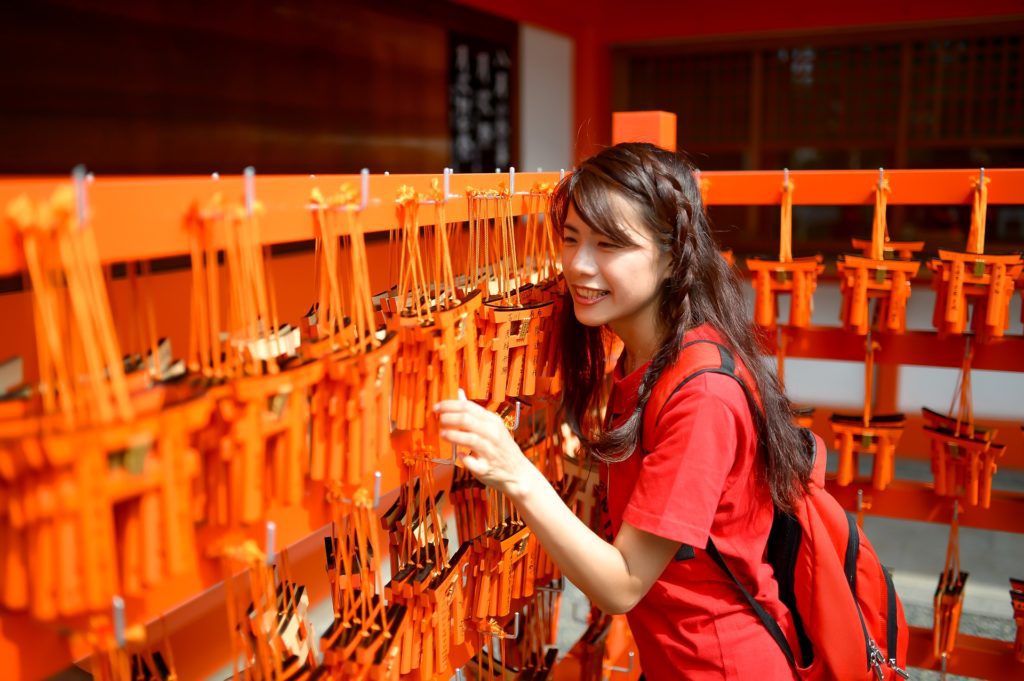
It is not only you, your artwork, and your customers who benefit from the fact that the paint and gofun will not flake off!
It is also connected to the preservation of Japanese culture.
What do you mean?” Please see the following quotation.
If one were to apply decorative colors to a building, such as a palace, shrine, or temple, it would be extremely difficult to achieve perfect coloring without knowing how to dissolve and use the paints with the precision prescribed by the particular school.
Without knowing how to dissolve and use the paints with the precision prescribed by the particular school, it would be extremely difficult to achieve perfect coloring of these structures.
Take, for example, an old shrine like Nikko Toshogu Shrine.
It is said that the carvings of the three monkeys and various animals decorating the shrine pavilions were very colorful when they were first made.
However, over time, the colors have faded to the faded hues of today.
While they are still in their original form, they need to be repainted as they were in the past, or their restoration methods need to be passed on to the next generation.
Otherwise, the coloring techniques long preserved by the old Japanese will be lost.

Even so, if you paint over it with paint, you will not be able to pass on the technique and it will not look good.
What is important here is the correct use of paint and its long-term preservation.
In other words, this technique is necessary not only to preserve your work for a long time, but also to restore your work hundreds of years later.
If each one of us has the correct use of paints and the skills to prevent flaking, we will leave behind one more treasure for Japan and the world.
- The painting process is a traditional technique that is necessary for the continuation of Japanese culture.
- It is important not to neglect the handling of basic tools when painting.
Translation of Tanqing Jinan into Modern Language – A Commentary
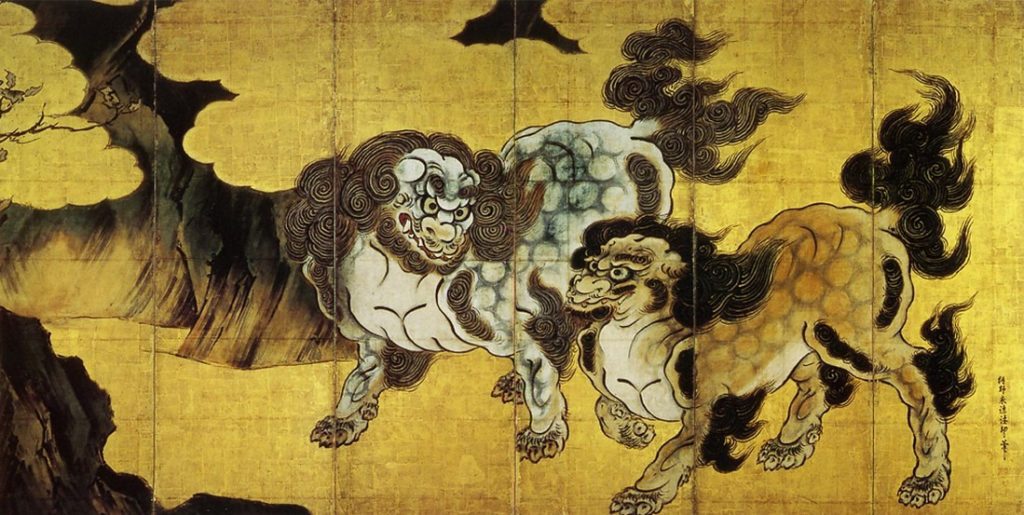
Preface
I. Purpose of this book
We have often heard complaints from owners of early modern or modern interior paintings by famous artists or colored paintings displayed in public places that the starch has peeled off in places, spoiling their beautiful appearance, even though only a little time has passed since the painting was completed.
This is all due to the carelessness of the artist.
Even if the painter is skilled and the work looks secure, the painting cannot escape the blame for the paint peeling off.
After all, it is no exaggeration to say that these mistakes are caused by neglecting the precise way to dissolve and use the paints that should be applied to the paintings.
The reason for these failures is that the creators think that coloring is easy, and that simply kneading gofun (white pigment by shell) with glue is sufficient.
If one were to apply colors to decorative paintings in the imperial court or in shrines and temples, it would be extremely difficult to apply perfect coloring to these structures unless one knew how to dissolve and use the paints with the precision prescribed by the particular school.
On the other hand, those who studied under the Kano family, who were the artists in the service of the Tokugawa clan, first learned how to dissolve and use paints, and then learned how to apply colors.
In this way, the order of learning was determined by the painting studio.
Therefore, no matter what kind of paints they used, when they tried them once, they already knew whether they were good or bad, and even how difficult they were to use.
For these reasons, the purpose of this book is not only to teach the complete coloring method to students of painting who aspire to color painting today.
It is also intended to teach the truth about coloring the decorative paintings that remain in shrines and temples today.
To this end, I have covered and clearly stated, without concealment, all the methods of dissolving paints, not to mention the methods of kneading gofun, which I experienced in Mr. Tokugawa’s painting studio.
I made this book as a wedge to help students learn the truth of painting and to preserve the precious rules of color painting in our country.
Reference sites and other information on “Tansei Shinan,” a Japanese painting technique book
National Diet Library Digital Collections
You can not only browse but also download for free!
You can purchase photocopies of pages from Japanese libraries.
Check out our article on Japanese painting!


















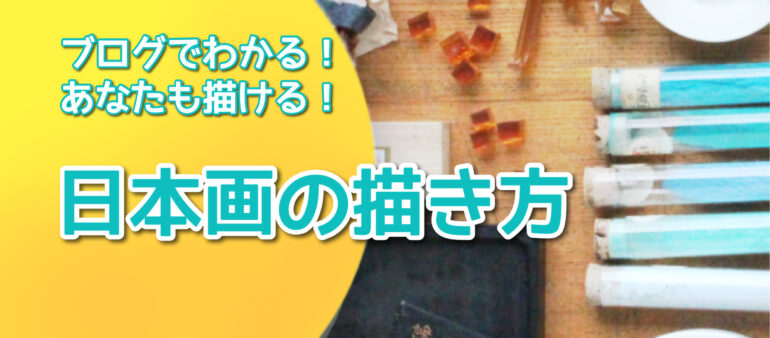

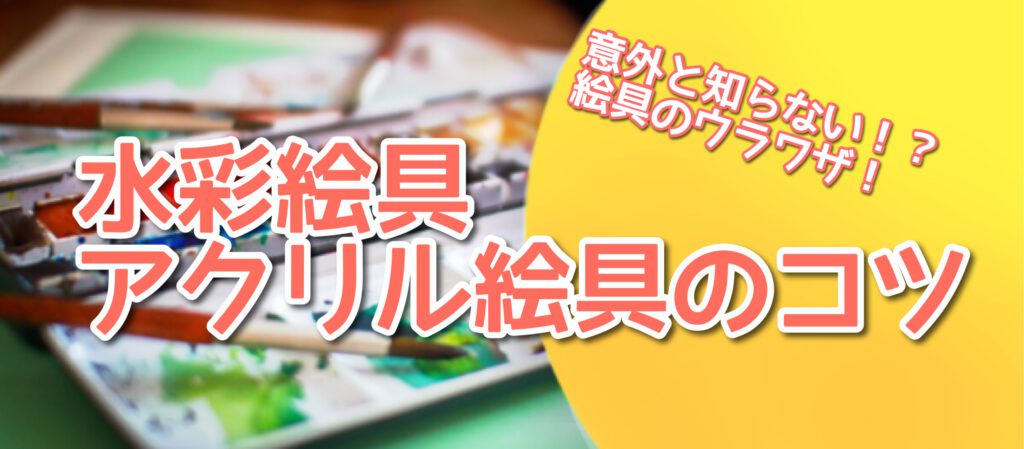
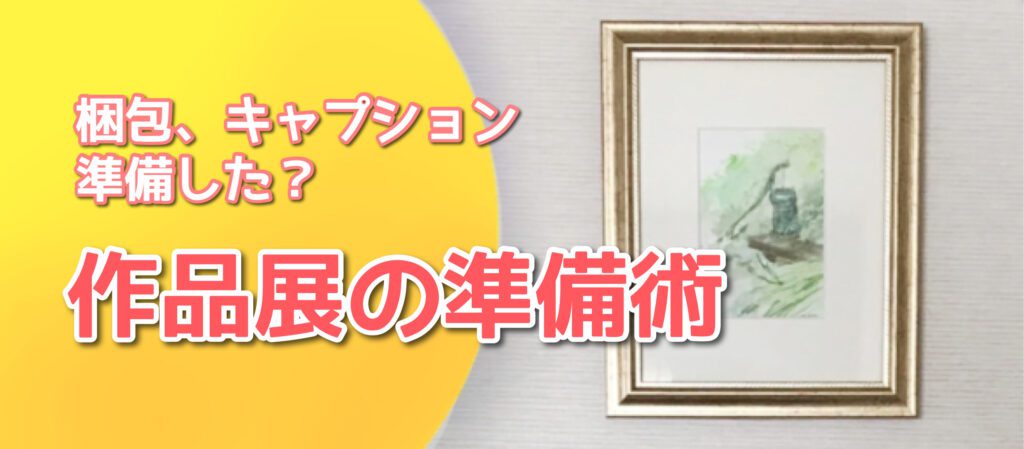

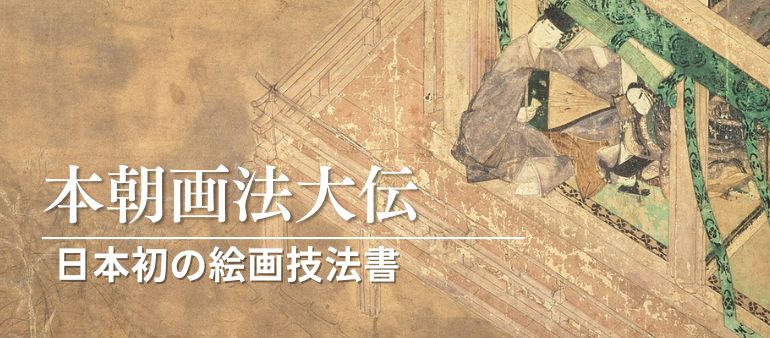

Even if the painter is skilled and his work is secure, the painting is not great.
For the paint will flake off and condemn it.
Ultimately, these failures are due to the neglect of the precise dissolution and use of the paint that should be applied to the painting.
The implication is that the creator thinks that coloring is easy, and that simply kneading with glue is sufficient.